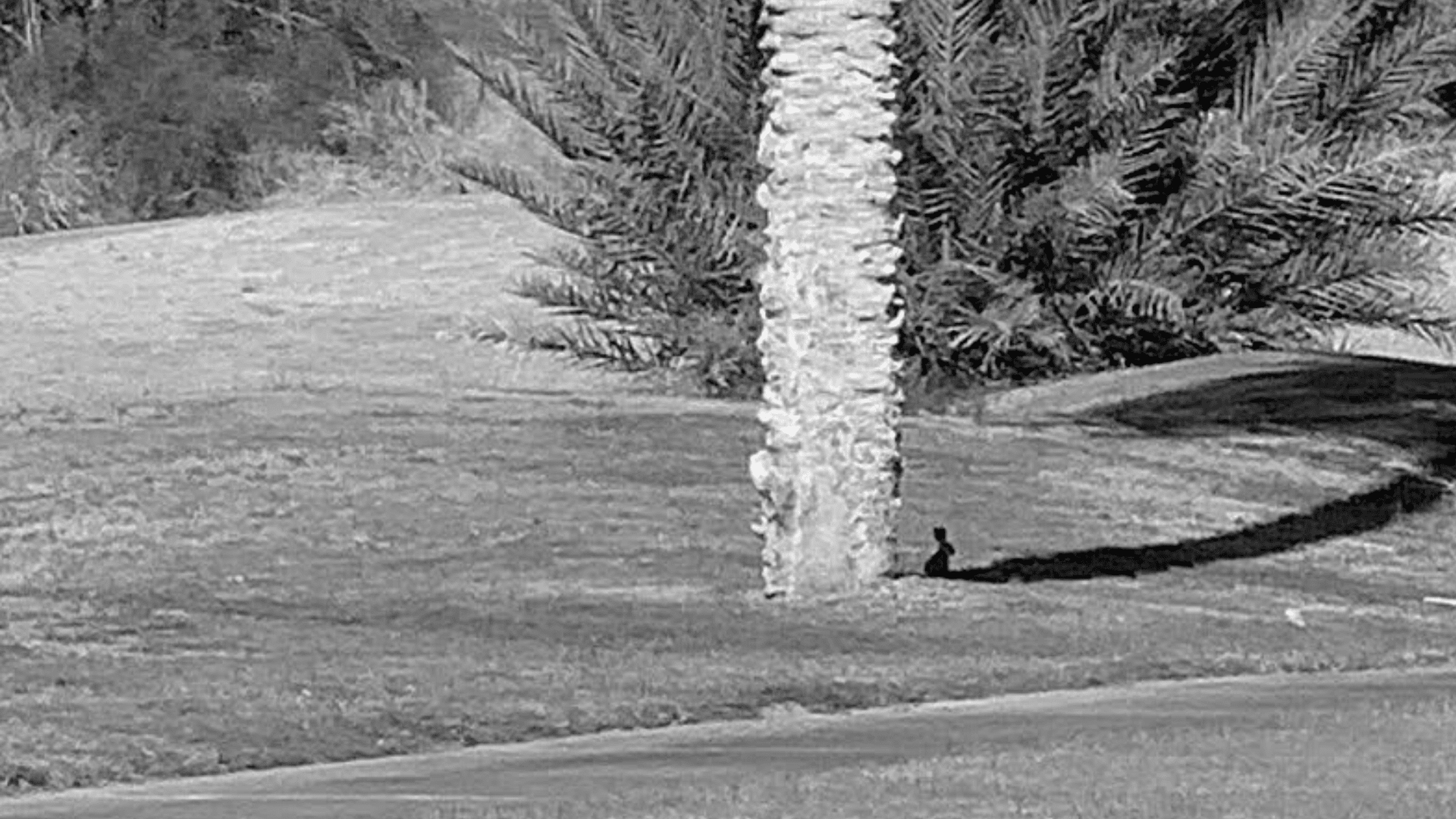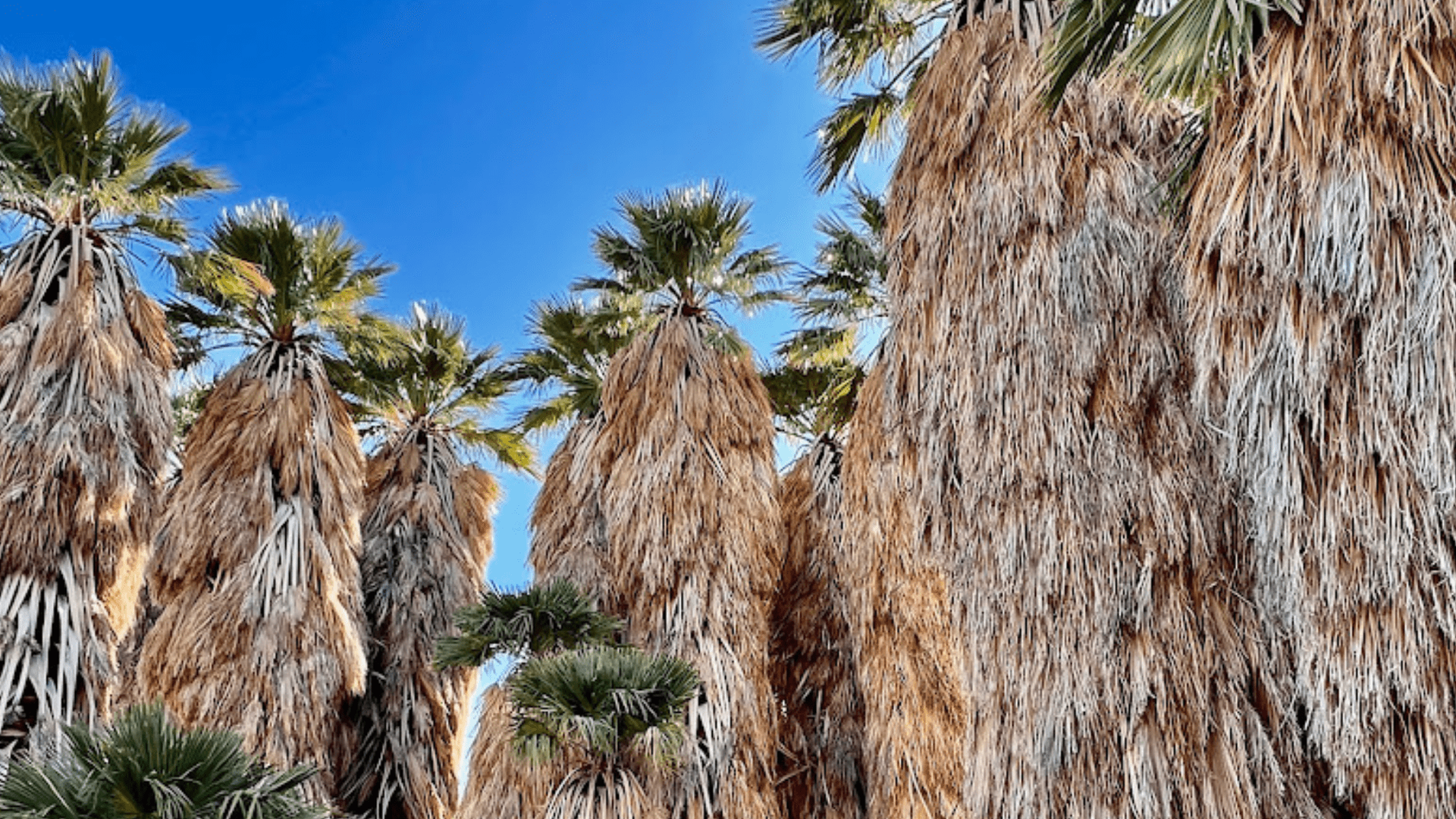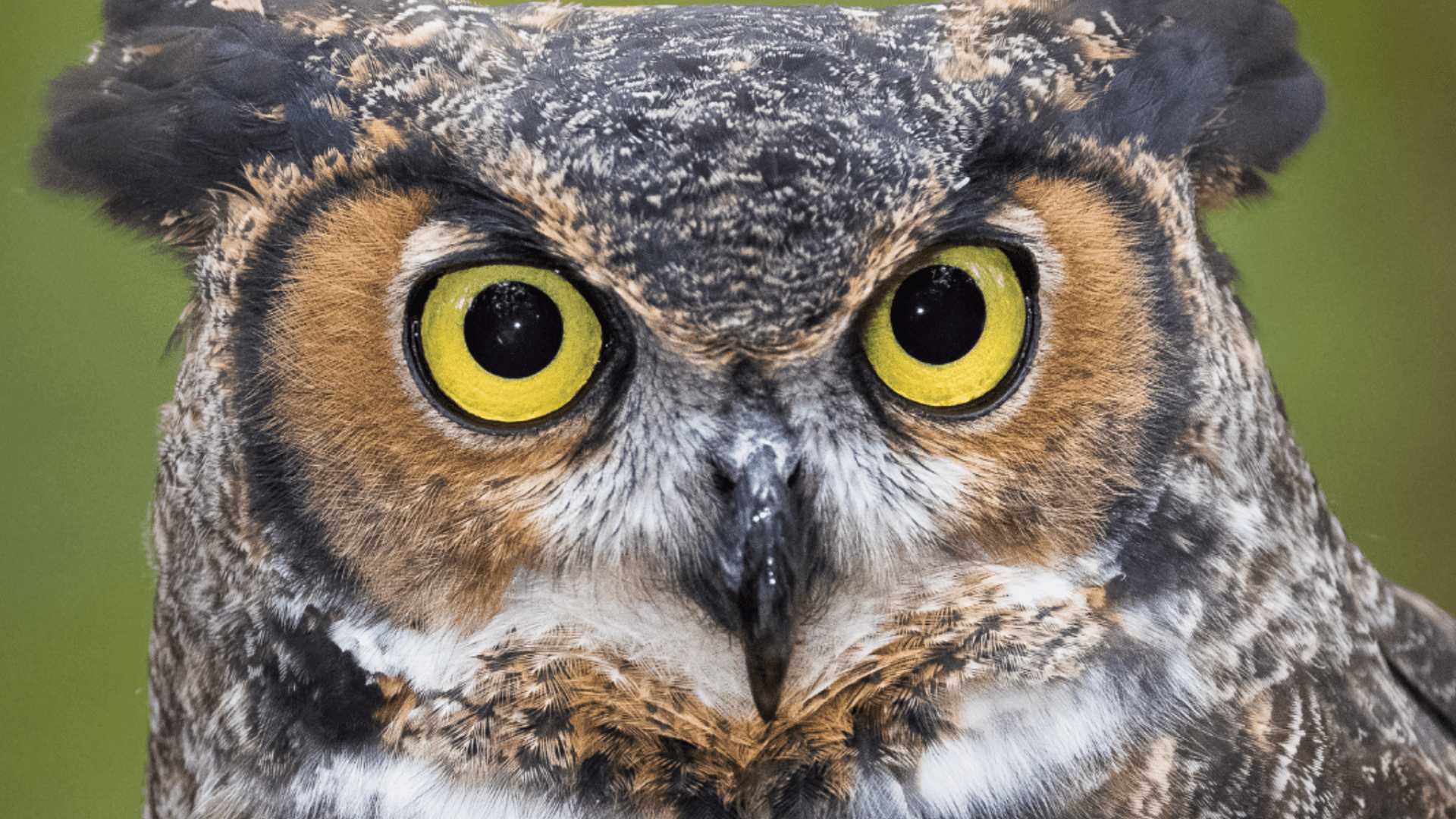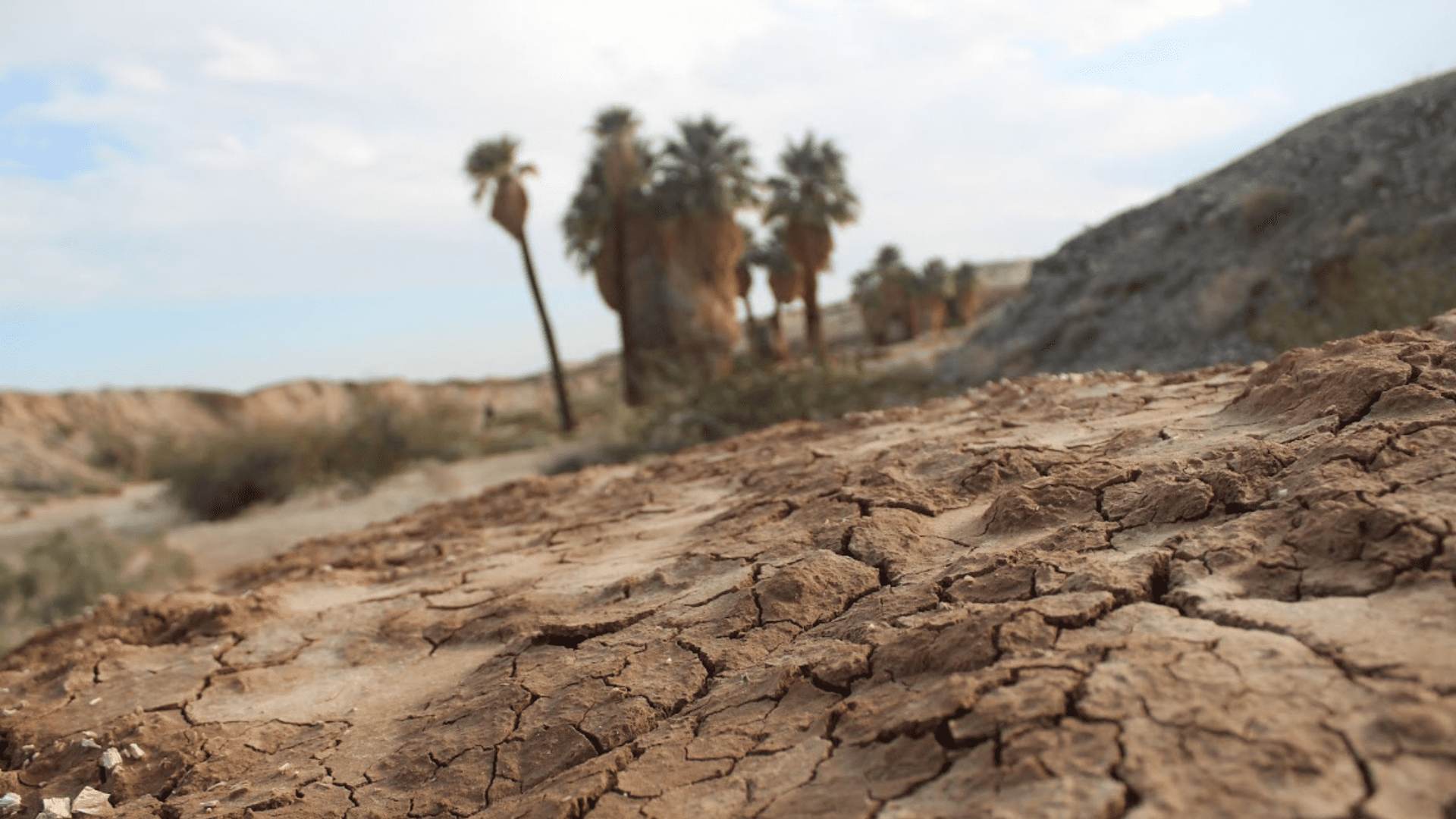
Iconic palm groves are vital to the survival of desert creatures
As a resident or visitor of Borrego Springs, you likely enjoy the abundance of palm trees that adorn the area. These palm groves have contributed significantly to the unique character of this desert town, shaping it into a biodiversity hotspot. Among the rare and endangered species that have made their home in the palm groves are the Peninsular bighorn sheep, desert kit fox, and burrowing owl.
These species rely on the palm trees for shelter, food, and protection from predators. Even smaller creatures such as the valley elderberry longhorn beetle and palm flower moth have found a habitat in the palm groves. Given their importance to the ecosystem, conservation efforts to protect these groves are essential, especially with threats such as the defensible space ordinance in place.
In preserving the palm groves of Borrego Springs, we safeguard not only the unique character of the area but also the survival of the many species that call it home.
Borrego Springs: A Desert Oasis for Wildlife
Borrego Springs is a unique place. Tucked away in the Anza-Borrego Desert State Park, this small town is surrounded by vast expanses of arid land, but it is also home to a surprising amount of biodiversity. The area’s year-round warm climate and ample water supply make it an oasis for many plants and animals that would struggle to survive elsewhere in the desert.
One of the most important habitats in Borrego Springs is the palm groves. These groves are made up of different species of palm trees, including the iconic California fan palm (Washingtonia filifera) and the Mexican fan palm (Washingtonia robusta). These trees provide shelter, food, and nesting sites for a wide variety of wildlife.
The Importance of Palm Trees in Wildlife Conservation

Palm trees play a crucial role in the desert ecosystem, providing essential support to the many species of plants and animals that make the harsh desert their home. In addition to their iconic beauty, these trees offer a wide range of ecosystem services that help to sustain the rich biodiversity of the region.
One of the most important roles that palm trees play in the desert is their ability to provide shade and regulate temperatures. The extreme heat of the desert can be deadly for many species, and the shade provided by palm trees is critical for animals seeking relief from the sun. The leaves of the palm fronds also help to cool the surrounding air, which can make a significant difference in the overall temperature of the area.
Palm trees are also an important food source for many species of wildlife. The fruit of the palm, known as dates, is a nutritious and energy-rich food that is a staple for many desert animals. Birds like the red-crowned parrot and the Gila woodpecker are known to feast on the fruit, while other animals like squirrels and rats eat the seeds.
In addition to their food value, the palm fronds provide a variety of other resources for desert animals. The hollow trunks of the trees are perfect nesting sites for bees and bats, which are both essential pollinators in the desert. The bees, in particular, love to make their hives in the cavities of the palm trunks, which offer a secure and protected environment for their young. The bats also roost in the trees during the day, using the shelter and protection provided by the leaves and branches.
Finally, the palm trees also serve as important habitat for many species of birds. The roadrunner, in particular, is well-known for its habit of darting between the palm trees in search of prey. These birds use the trees for shelter and protection from predators, and they are also known to build their nests in the branches and hollows of the trunks.
Palm trees in the desert ecosystem are much more than just a beautiful sight. They provide shade, regulate temperatures, and offer a variety of essential resources to the many species of plants and animals that make the harsh desert their home. From food and nesting sites to shelter and protection, the palm trees play a vital role in the rich biodiversity of the region, and their conservation is critical for the long-term health of the ecosystem.
Biodiversity Hotspot: Rare Species Thrive in Borrego Springs
Borrego Springs is a unique and fascinating location that has been shaped by the presence of the palm groves. These groves have created a biodiversity hotspot, and many rare and endangered species of wildlife call this area home.
One of the most well-known species that inhabits the area is the Peninsular bighorn sheep. These majestic animals are perfectly adapted to life in the desert, and they rely on the palm groves for shelter and food. The palm trees provide the sheep with a source of shade and water, as well as important food resources like the fruit and leaves of the trees.
Another important species that is found in the palm groves is the desert kit fox. This small and elusive animal is well-adapted to life in the desert, and it relies on the palm trees for shelter and protection from predators. The palm groves provide an important habitat for the fox, which is a key member of the desert ecosystem.
The burrowing owl is another interesting species that inhabits the palm groves of Borrego Springs. These small, ground-dwelling birds are known for their distinctive calls and their habit of living in underground burrows. The palm groves provide an important habitat for the owls, which use the trees for shelter and protection from predators.
In addition to these larger and more well-known species, the palm groves are also home to a variety of smaller and more elusive animals. One such species is the valley elderberry longhorn beetle, which is a federally listed endangered species. These beetles feed on the bark of palm trees, and they rely on the trees for their survival.
The palm flower moth is another interesting species that is found only in palm trees. This rare moth feeds on the flowers of the trees, and it is an important pollinator in the desert ecosystem. The presence of the palm groves has created a unique and valuable habitat for this rare and important species.
In conclusion, the palm groves of Borrego Springs are an important and valuable habitat for a wide variety of rare and endangered species. From the Peninsular bighorn sheep to the desert kit fox, the palm groves are an essential part of the desert ecosystem, providing shelter, food, and protection to many species of wildlife. The conservation of these groves is critical for the long-term health of the ecosystem and the many species that depend on it.
Meet the Wildlife That Call Borrego Springs Home

If you’re a wildlife enthusiast, Borrego Springs is a must-visit destination. The town is located in the heart of the Anza-Borrego Desert State Park, which is the largest state park in California and home to an incredible array of plants and animals. The park’s diverse habitats, from the rocky canyons to the sandy washes, support a wide variety of wildlife species, including many that are unique to the region.
One of the best places to see wildlife in Borrego Springs is the palm groves. These groves are home to a surprising amount of biodiversity, and you never know what you might spot among the palm fronds. The roadrunner is one of the most iconic species in the area, with its distinctive appearance and habit of darting between the trees. These birds are known for their ability to run at high speeds, and they can often be seen sprinting along the ground in search of food.
Another fascinating species that can be found in the palm groves is the colorful parrots. These birds are actually feral populations of pet parrots that have established themselves in the area. You might spot them perched in the branches of the palm trees, their bright plumage standing out against the brown desert landscape.
As the sun sets, you might hear the distinctive calls of the great horned owl or the western screech owl. These birds of prey are well adapted to life in the desert and can often be seen perched in the palm trees, scanning the landscape for prey.
Finally, as the darkness falls, keep an eye out for bats emerging from the palm trunks. These nocturnal creatures are a vital part of the desert ecosystem, helping to control insect populations and pollinate plants.
Overall, Borrego Springs is a fascinating destination for wildlife lovers. The palm groves are just one of the many habitats in the area that support a wide variety of species, and you never know what you might spot as you explore the desert landscape. Whether you’re a seasoned birder or just looking to see some unique wildlife, Borrego Springs is a place you won’t want to miss.
Protecting the Palm Trees and Wildlife of Borrego Springs

Despite their importance, the palm groves of Borrego Springs are facing threats. Development, drought, and disease are all taking a toll on these trees, which in turn can have a negative impact on the wildlife that depend on them.
The palm trees of Borrego Springs are an integral part of the local ecosystem, providing shelter and sustenance for a wide variety of rare and unique species of wildlife. However, despite their importance, these trees are facing numerous threats, including development, drought, and disease.
One of the recent threats to the palm trees of Borrego Springs is the County’s Defensible Space Ordinance , which requires the removal of all potentially combustible items or fire fuel within 100 feet of a structure. This includes dead and dying vegetation, debris, and other items, such as palm fronds, that could potentially fuel a fire.
This ordinance has sparked significant opposition from Borregans who recognize the value of palm trees to local conservation. They are concerned that the trimming of palm tree skirts could have a detrimental impact on the many species of wildlife that rely on them for shelter and protection from the extreme heat of the desert.
Some of the concerns that have been raised include the fact that the skirts of the palm fronds provide cool and damp shelter for many species that are trying to escape the heated ground temperature. This is especially important during periods of extreme heat, which have become more frequent due to the drought and natural environmental changes.
Additionally, many Borregans believe that the palms have evolved to be part of the natural preservation of desert life, with the dead fronds serving as an important component of this process. They argue that removing the skirts of the palm fronds could have a negative impact on the conservation of many rare and unique species of wildlife.
To protect the palm trees and the wildlife that depend on them, it’s important to support conservation efforts in the area. This might include donating to local wildlife organizations or participating in local conservation initiatives. It’s also important to voice your concerns to decision-makers and to work to raise awareness about the importance of palm trees in wildlife conservation.
In conclusion, the palm trees of Borrego Springs are a critical habitat for many rare and unique species of wildlife. However, they are facing numerous threats, including the recent Defensible Space Ordinance. By working together to support conservation efforts and raise awareness about the importance of palm trees in wildlife conservation, we can help ensure that these unique ecosystems continue to thrive.
Explore Borrego Springs, the gateway to Anza-Borrego Desert State Park. Discover its stunning landscapes, vibrant community, and sustainability-focused growth.
Sign up for our newsletter!
Sign up for our newsletter!
Sign up for our newsletter!
You're All Signed Up!
Please try again later.

